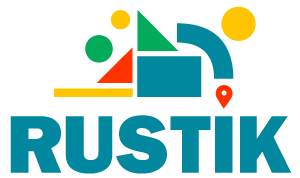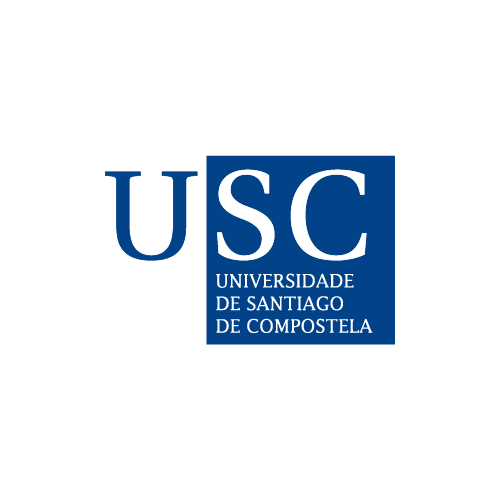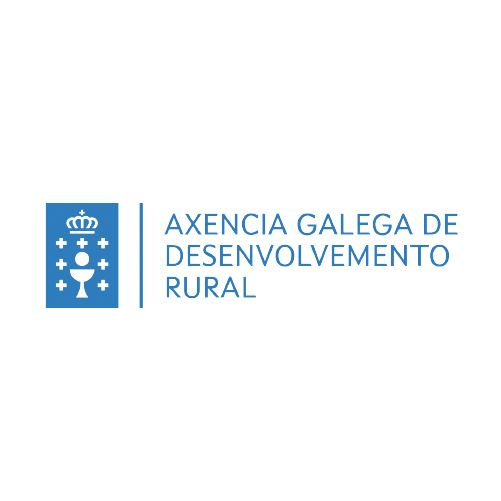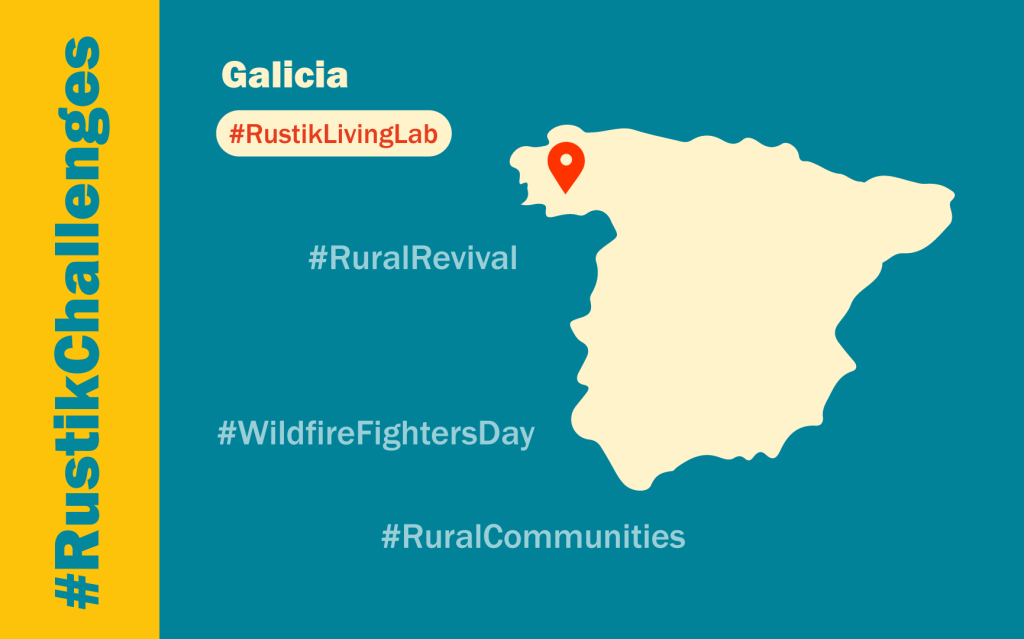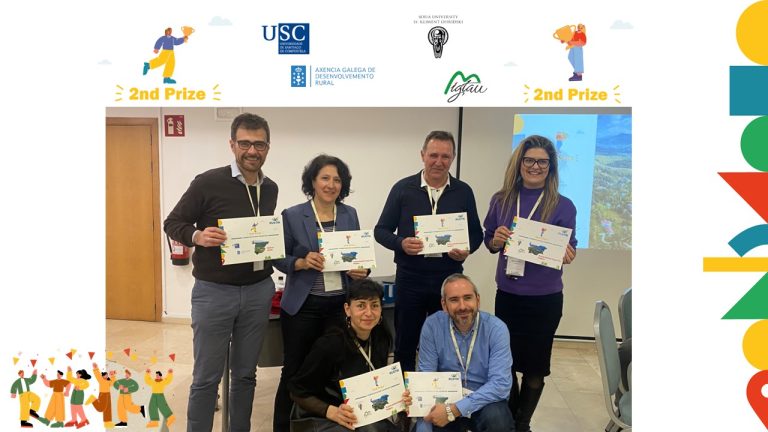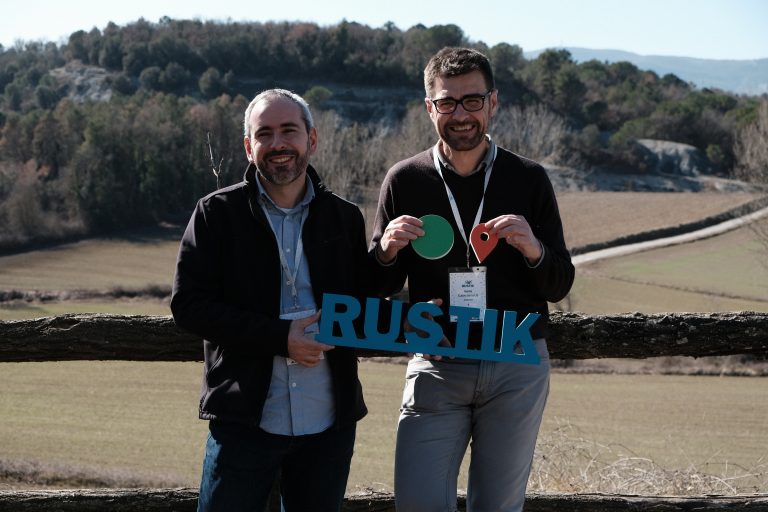Key Facts
Galicia is a region located in a peripheral position on the northwest of Spain. With a total area of 29,574 km² and a population of 2.69 million inhabitants, its average population density is similar to the rest of the country (91 inhabitants/km² vs 94 inhab./km²). Nevertheless, about three quarters of that population is concentrated in one fifth of the territory, meaning that average density, when only rural municipalities are considered, is around 30 inhabitants/km². Perhaps one of the most remarkable differences with the rest of Spain, in any case, is the high fragmentation of land ownership: an estimated 1.9 million people are landowners (about two thirds of total population), and the total number of land plots is close to 12 million. As a result, each landowner’s property amounts to an average of 1.5 ha, often distributed among several plots. A second conditioning element to highlight is the extreme dispersion of the Galician rural habitat: while occupying 6% of the territory, Galicia has half of Spain’s population settlements (more than 30,000 in absolute terms), 90% of them with less than 100 inhabitants.
Rural population has followed a trend of decline since the 1960s, but the total number of settlements is still around 30,000, meaning that many of them are today inhabited by a very small number of people. Intense spatial specialization of the primary sector has taken place for the last half century, which resulted in a strong expansion of forest and espontaneous vegetation and, more importantly, a large increase of biomass physical continuity. This, combined with short but intense periods of draught during the summer, result in a rather high wildfire risk. This is a greater concern in the extense wild-urban interface between populated and semi-natural areas and, accordingly, has prompted a steady increase of public spending in fire suppression equipment and infrastructures that reached 173 million euro per year in 2020.
Recognizing that rural depopulation, farmland abandonment and forest fires are essentially intertwined in this region, a novel legal instrument (the “model settlements“) was created in 2021. This instrument is intended to promote the active management of land in the proximity of inhabited settlements, by reconciling land use and land property, encouraging innovative approaches to local participation, agricultural production and improvement of living standards.
